fever in kids symptoms precautions home-made remedies reason
Fever in children can be a source of worry for many parents. It often feels like the moment you notice your little one feeling warm, panic sets in. Is it just a common cold or something more serious? Understanding fever is key to navigating this common childhood experience with confidence.

When your child runs a fever, their body is signaling that something might not be quite right. But what does that mean? In this post, we’ll explore everything from symptoms and precautions to home remedies that can help ease discomfort. We’ll also take a closer look at why fevers occur in kids and when it’s necessary to seek medical attention.
With the rise of illnesses like COVID-19, knowing how to distinguish between different types of fevers has never been more critical. Let’s dive into the world of childhood fevers together so you feel better equipped to care for your little ones when they need it most!
Understanding Fever in Children
Fever is a natural response of the body to infection or illness. In children, it typically indicates that their immune system is working hard to fight off something harmful.
When we talk about fever, we’re often referring to an elevated body temperature above the normal range, which hovers around 98.6°F (37°C). It’s essential to remember that a fever itself isn’t an illness but rather a symptom.
Children may experience fevers for various reasons, such as viral infections, bacterial illnesses, or even teething. Understanding this can help alleviate some anxiety during those moments when your child feels warm and unwell.
Monitoring other signs and symptoms alongside the fever can provide crucial insights into what might be going on. This knowledge empowers parents to take appropriate action while ensuring their child’s comfort through what can sometimes be a challenging time.
Common Symptoms of a Child’s Fever
When your child has a fever, they may exhibit various symptoms that can vary in intensity. A high temperature is often the first sign, typically above 100.4°F (38°C).
You might notice them feeling unusually warm to the touch or sweating more than usual. They may also appear flushed or have cold hands and feet, which could signal fluctuations in their body temperature.
Accompanying symptoms often include irritability and fatigue. Your little one might seem less active than usual or even refuse to engage in their favorite activities.
Watch for changes in their appetite too; many children eat less when unwell. In some cases, headaches or body aches can accompany a fever as well, making them feel uncomfortable overall.
Monitoring these signs closely can help you manage their comfort effectively during this time of illness.
Precautions to Take When Your Child Has a Fever
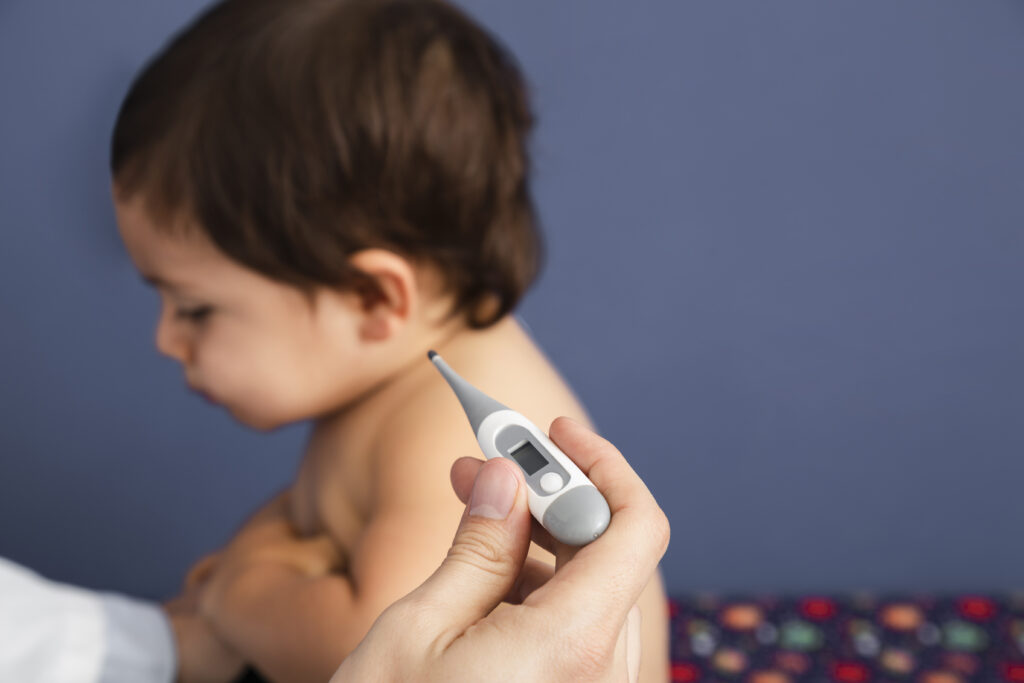
When your child has a fever, it’s essential to keep them comfortable and safe. Start by monitoring their temperature regularly. Use a reliable thermometer for accuracy.
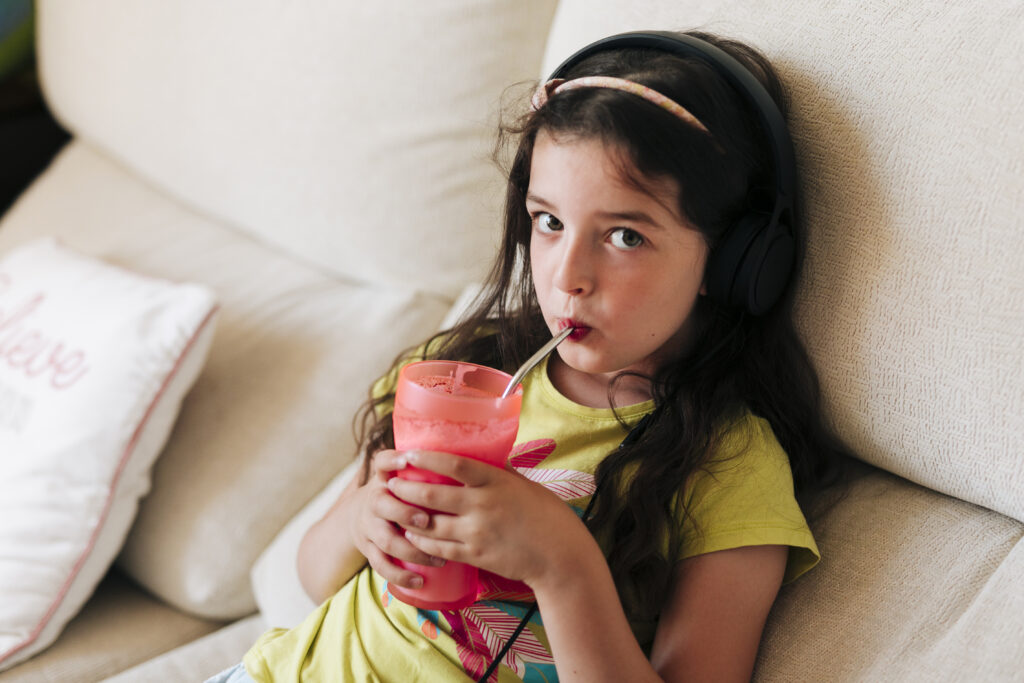
Ensure they stay hydrated. Offer plenty of fluids like water, clear broths, or electrolyte solutions. Dehydration can worsen their condition.
Dress your child in lightweight clothing. Over-bundling can trap heat and raise their body temperature further.
Keep the room cool and well-ventilated. A comfortable environment helps regulate body temperature more effectively.
Observe any additional symptoms that may arise—such as coughing or rashes—and take note of these changes for future discussions with healthcare providers.
Maintain a close eye on their behavior; if they seem excessively lethargic or irritable, consider seeking medical advice promptly to ensure appropriate care is provided.
Home Remedies for Reducing a Child’s Fever
When your child has a fever, natural remedies can provide comfort. One effective method is to ensure they stay hydrated. Offer plenty of fluids like water or electrolyte solutions.

A lukewarm sponge bath can help lower body temperature. Use gentle strokes and focus on areas like the neck and armpits for optimal relief.
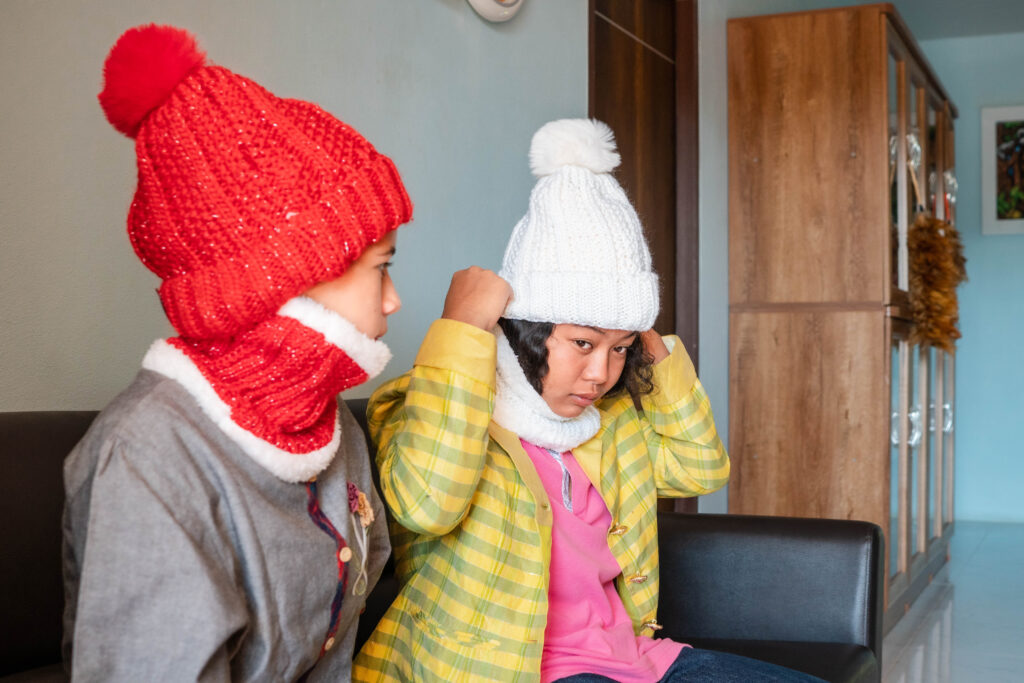
Dress your child in lightweight clothing. Heavy blankets can trap heat, making them feel worse. Keep the room cool but not cold, ensuring fresh air circulates.

Herbal teas made from chamomile or peppermint may soothe discomfort while providing hydration. Always check with a healthcare provider before introducing new remedies.
Rest is essential for recovery. Encourage quiet activities that keep them entertained without overexertion. Letting their bodies heal naturally often leads to quicker recovery times and better overall health outcomes during episodes of fever.
Reasons Why Children Get Fevers
Fever is a typical response in children, signaling that their immune system is at work. One primary reason for fever is infection. Viruses and bacteria can quickly invade young bodies, leading to elevated temperatures.
Another cause can be teething. As new teeth break through the gums, some children may experience mild fevers alongside discomfort.
Allergies also play a role—especially when combined with other symptoms like cough and body aches. Seasonal allergies might trigger low-grade fevers as the body reacts.
Additionally, vaccinations often result in temporary fevers as the immune system builds protection against diseases.
Environmental factors such as overheating or dehydration shouldn’t be overlooked either; these can elevate body temperature too. Understanding these reasons helps parents know what to expect during their child’s illness journey.
When to Seek Medical Attention for Your Child’s Fever
Recognizing when to seek medical help for your child’s fever can be tricky. If the body temperature exceeds 104°F (40°C), it’s essential to contact a healthcare professional immediately.
Watch for other concerning symptoms. Difficulty breathing, persistent vomiting, or signs of dehydration warrant immediate attention. A fever lasting more than three days could indicate an underlying issue that needs investigation.
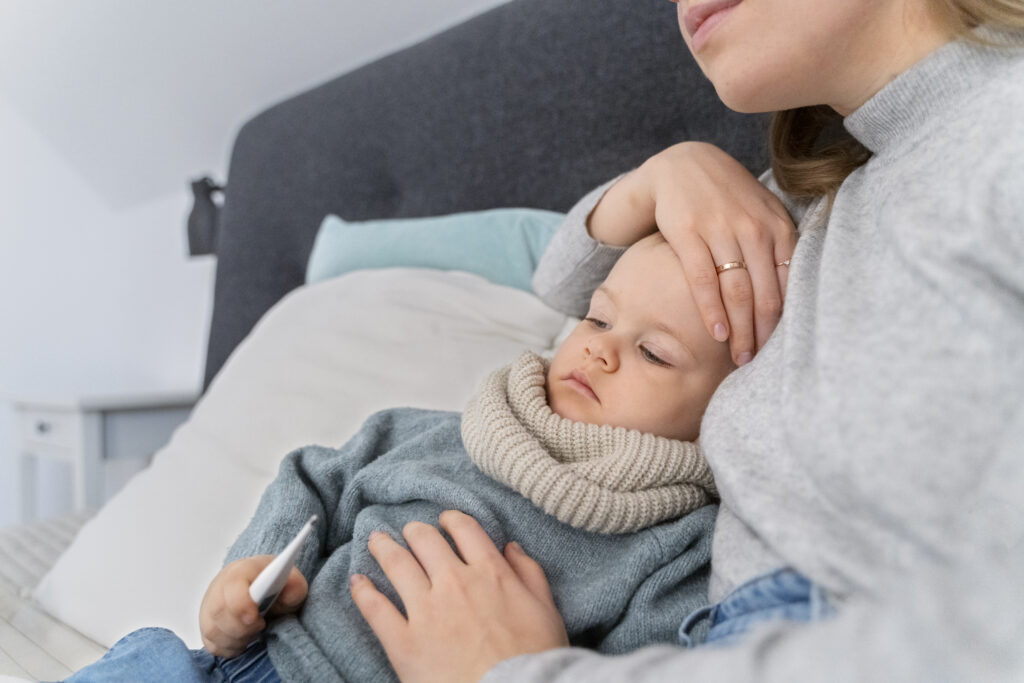
Keep a close eye on infants under three months old with any fever. Their immune systems are still developing, making them more vulnerable to serious infections.
Be alert if your child is unusually lethargic or irritable during their feverish state. Changes in behavior and energy levels often signal that something isn’t right and may require urgent care.
Trust your instincts as a parent; if you feel uneasy about your child’s condition, don’t hesitate to reach out for guidance from a healthcare provider.
Conclusion: How to Ensure Your Child’s Comfort and Health During a Fever
When your child experiences a fever, it’s essential to focus on their comfort and health. First, ensure they stay hydrated with plenty of fluids like water or electrolyte solutions. Dress them in lightweight clothing to help regulate body temperature.
Monitor their symptoms closely. If they show signs of discomfort such as irritability or lethargy, consider using safe over-the-counter medications as recommended by your healthcare provider. Keep the environment calm and well-ventilated.
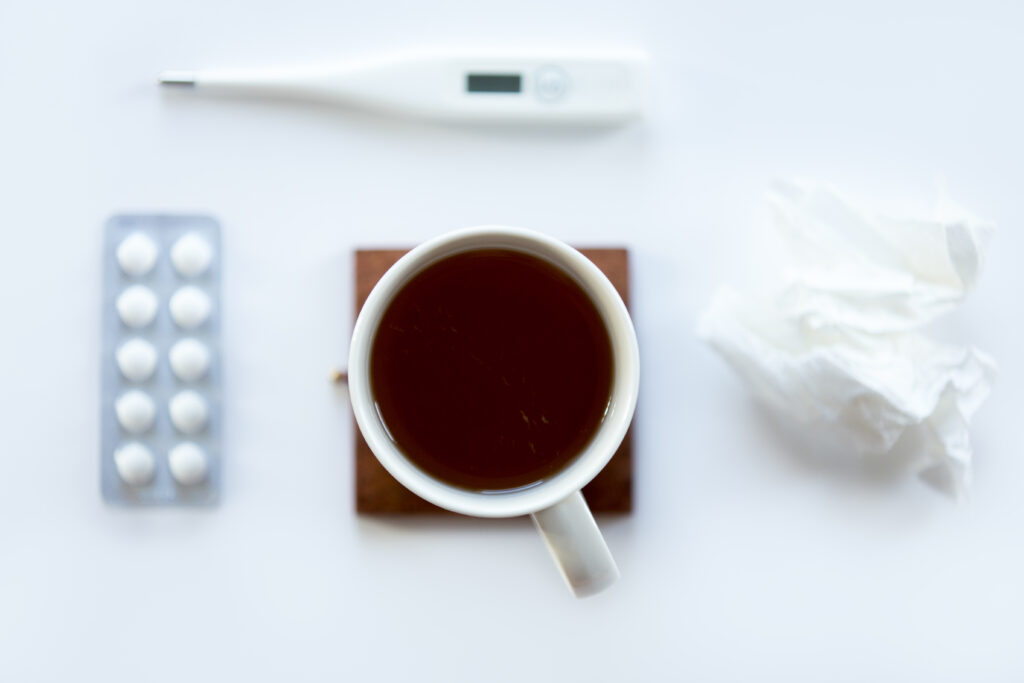
Frequent cuddles can also provide reassurance during this uncomfortable time. Engaging in calm activities together can distract them from any aches they might feel.
Always keep an eye on how long the fever lasts and note any accompanying symptoms that may necessitate medical advice. By staying vigilant and nurturing, you can help ease your child’s experience through a fever while keeping their spirits up during recovery.
 Momil'z Bend The Trend My WordPress Blog
Momil'z Bend The Trend My WordPress Blog

